Essential Kitchen Gadgets You Need To Have Today
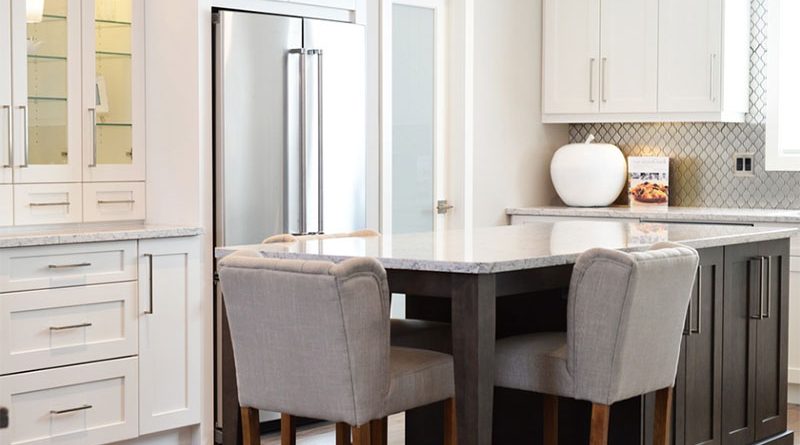
There are a lot of different gadgets that you are going to find useful in today’s kitchens. Whether you are going for something modern, or you have something a bit more rustic, there’s a lot to consider when you look at all the gadgets and appliances that you have in place. As you start to explore the various components, you may find yourself wanting one option over another. It’s for that reason that you should look into the essential gadgets that you should have in place. As such, you can look at a variety of different elements below as the standard bearers for getting the most out of your kitchen. (more…)
Color Psychology in Interior Design: How to Choose the Perfect Palette for Your Home
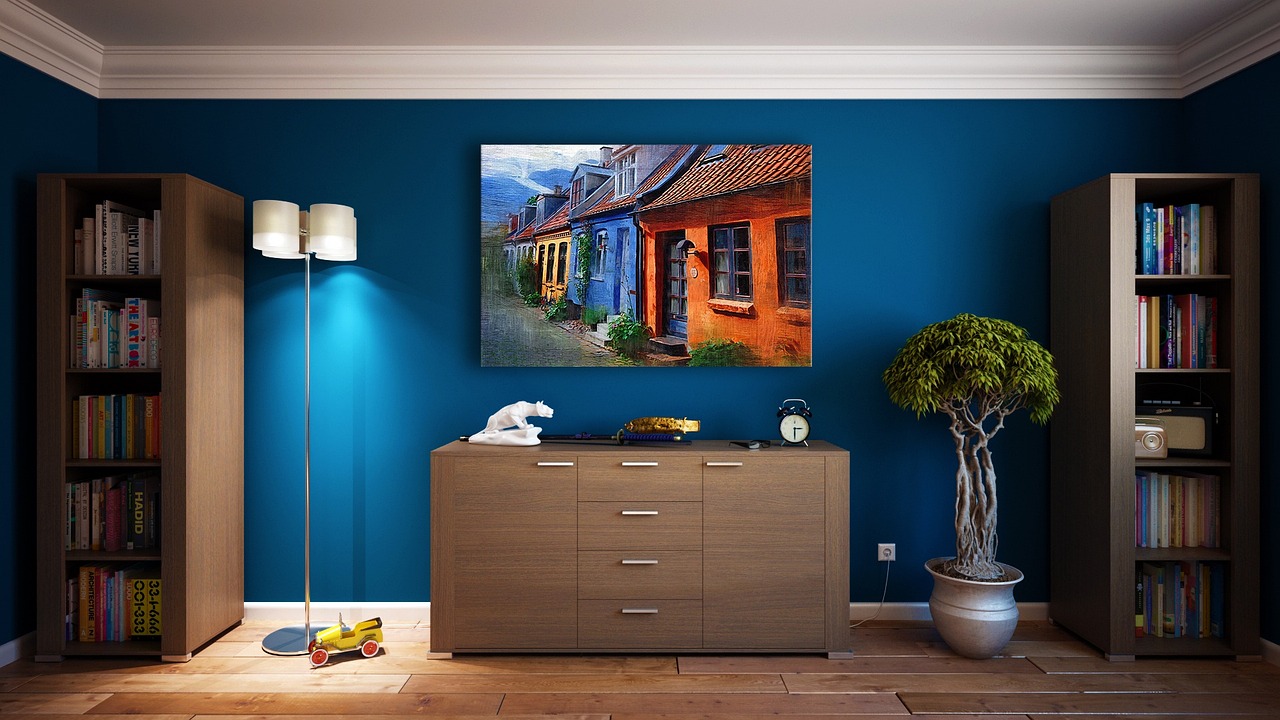
The power of color extends far beyond mere aesthetics in interior design. Color psychology in interior design plays a crucial role in shaping the mood, atmosphere, and even functionality of our living spaces. By understanding how different hues affect our emotions and behaviors, we can create environments that not only look beautiful but also support our well-being and daily activities. This guide will explore how to harness the potential of color psychology to transform your home into a harmonious and inspiring sanctuary. (more…)
[Top]Maximizing Small Spaces: Smart Design Tips for Tiny Homes

In the world of compact living, mastering the art of maximizing small spaces is crucial. Tiny homes have gained immense popularity for their efficiency and minimalist appeal, but creating a comfortable and functional living space within limited square footage requires ingenious solutions. This guide will explore smart design tips for tiny homes that transform cramped quarters into cozy, well-organized sanctuaries. By implementing clever storage ideas, multi-functional furniture, and strategic layout planning, you can make your tiny home feel spacious and inviting. (more…)
[Top]Sustainable Gardening: Eco-Friendly Practices for Your Outdoor Space

Sustainable gardening is an approach to cultivating plants that focuses on environmental stewardship, resource conservation, and long-term ecological balance. It aims to create beautiful, productive outdoor spaces while minimizing negative impacts on the environment and maximizing benefits to local ecosystems. (more…)
[Top]Creating the Ultimate Backyard Oasis: Tips for Small Spaces

Transforming a small backyard into an ultimate oasis is not only possible but can be incredibly rewarding. With clever design and thoughtful planning, even the most limited spaces can become luxurious and functional retreats. This guide will walk you through creating your perfect backyard oasis for small spaces, proving that size doesn’t have to limit your outdoor living dreams. (more…)
[Top]Creating Outdoor Living Spaces: Patios, Decks, and More
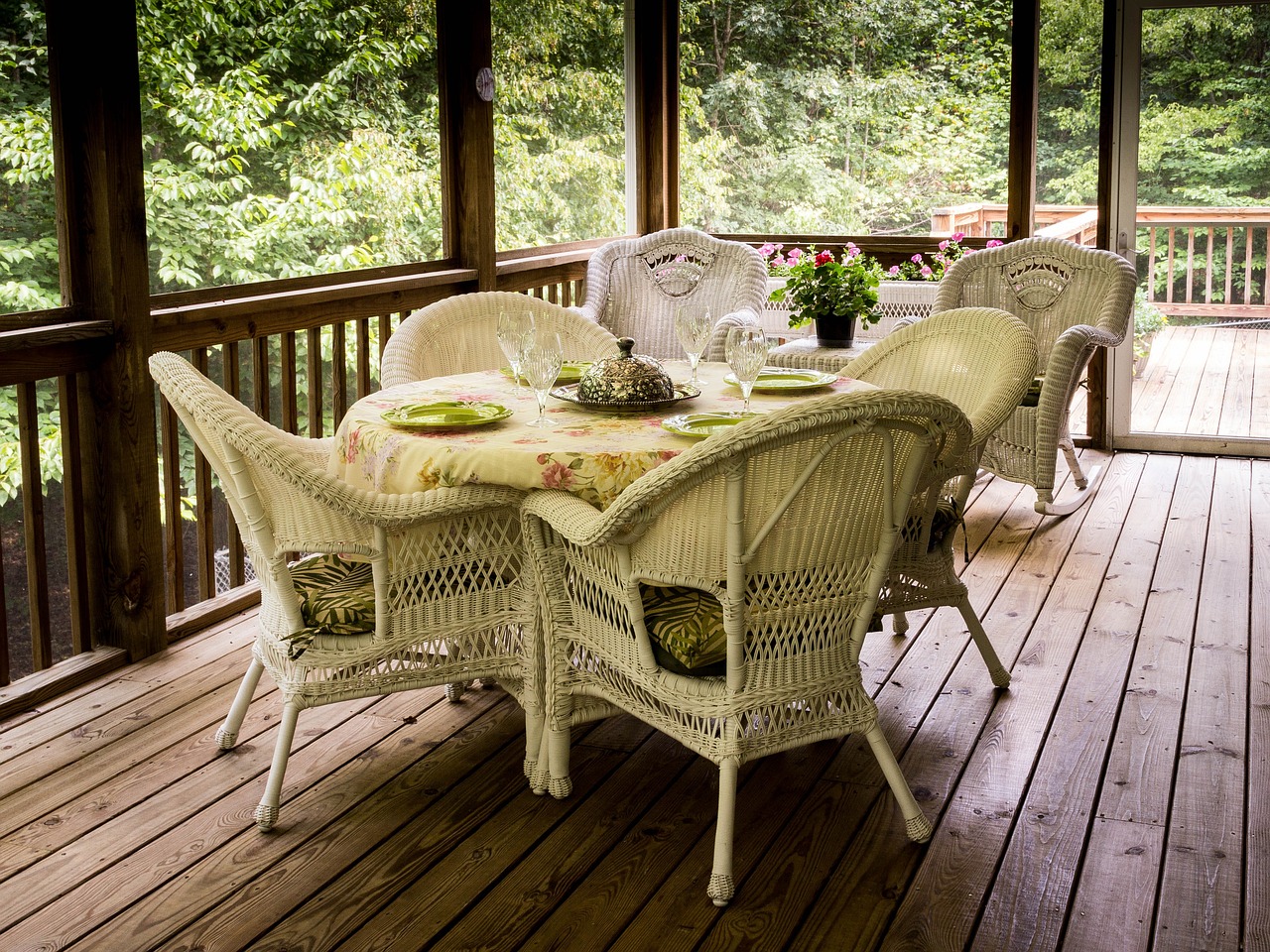
Planning Your Outdoor Living Space
Creating a functional and aesthetically pleasing outdoor living space requires careful planning and consideration. A well-designed outdoor area can serve as an extension of your home, providing additional space for relaxation, entertainment, and enjoying nature. Before diving into construction, it’s crucial to assess your needs, evaluate your available space, and establish a realistic budget. (more…)
[Top]The Art of Hardscaping: Adding Structure to Your Landscape
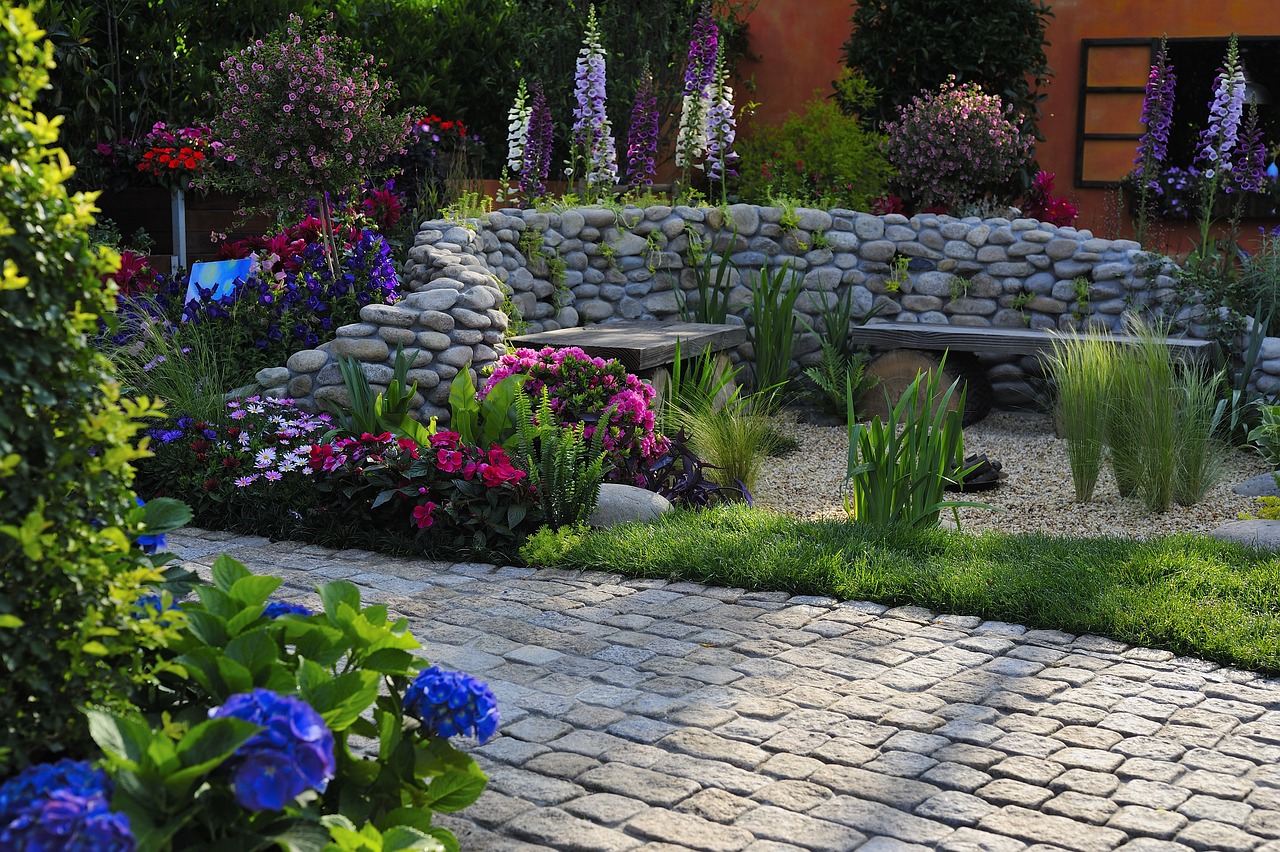
Hardscaping is a fundamental component of landscape design that encompasses all the non-living elements in your outdoor space. These structures provide the backbone of your landscape, creating definition, functionality, and visual interest. From pathways and retaining walls to patios and water features, hardscaping elements work in harmony with softscaping (plants and natural elements) to create a cohesive and appealing outdoor environment. (more…)
[Top]Transforming Small Yards: Big Ideas for Tiny Spaces
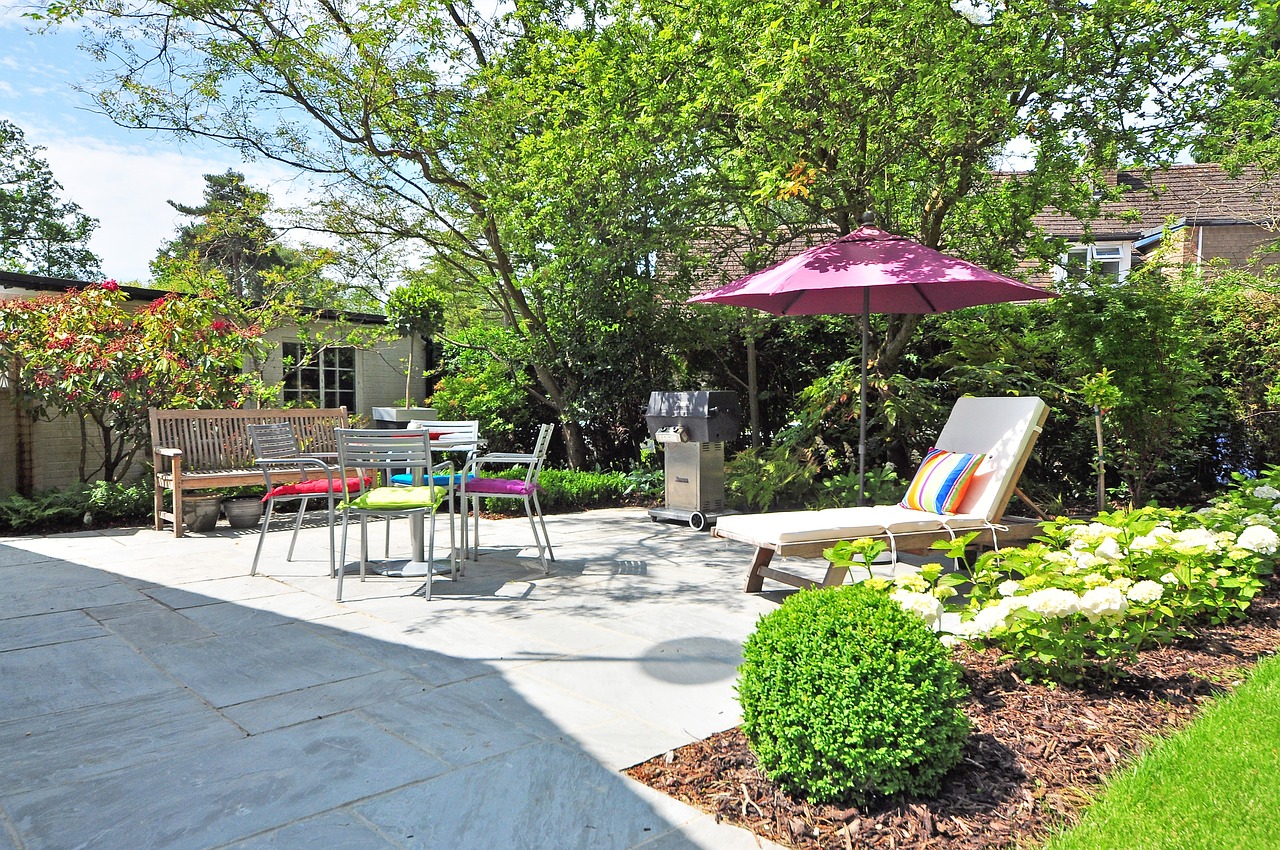
Effective planning is the cornerstone of maximizing the potential of a small yard. By carefully considering every inch of available space, you can create a functional and aesthetically pleasing outdoor area that feels much larger than its actual dimensions. The key to success lies in thoughtful design choices and creative solutions that make the most of limited square footage. (more…)
[Top]Designing Home Offices for Productivity and Style

Planning your home office space is a crucial first step in creating an environment that fosters productivity and reflects your personal style. A well-thought-out office layout can significantly impact your work efficiency and overall satisfaction with your workspace. Before diving into the specifics of furniture and decor, it’s essential to carefully consider your needs and available space. (more…)
[Top]Luxury Bathroom Designs: Ideas for a Spa-Like Experience
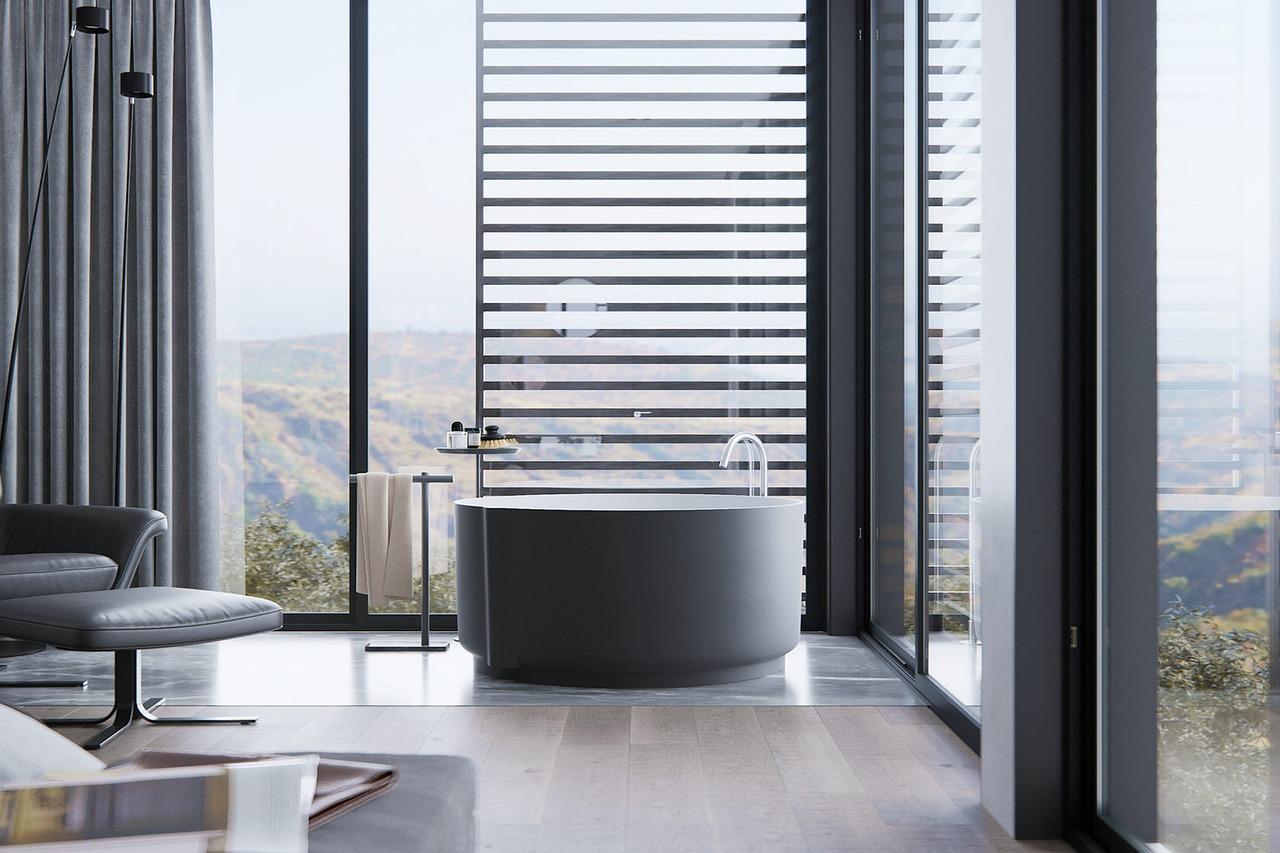
The foundation of any luxurious bathroom lies in the careful selection of premium materials. High-quality materials not only enhance the visual appeal but also contribute to the overall durability and functionality of the space. When designing a spa-like bathroom, it’s crucial to invest in materials that exude opulence and withstand the test of time. (more…)
[Top]